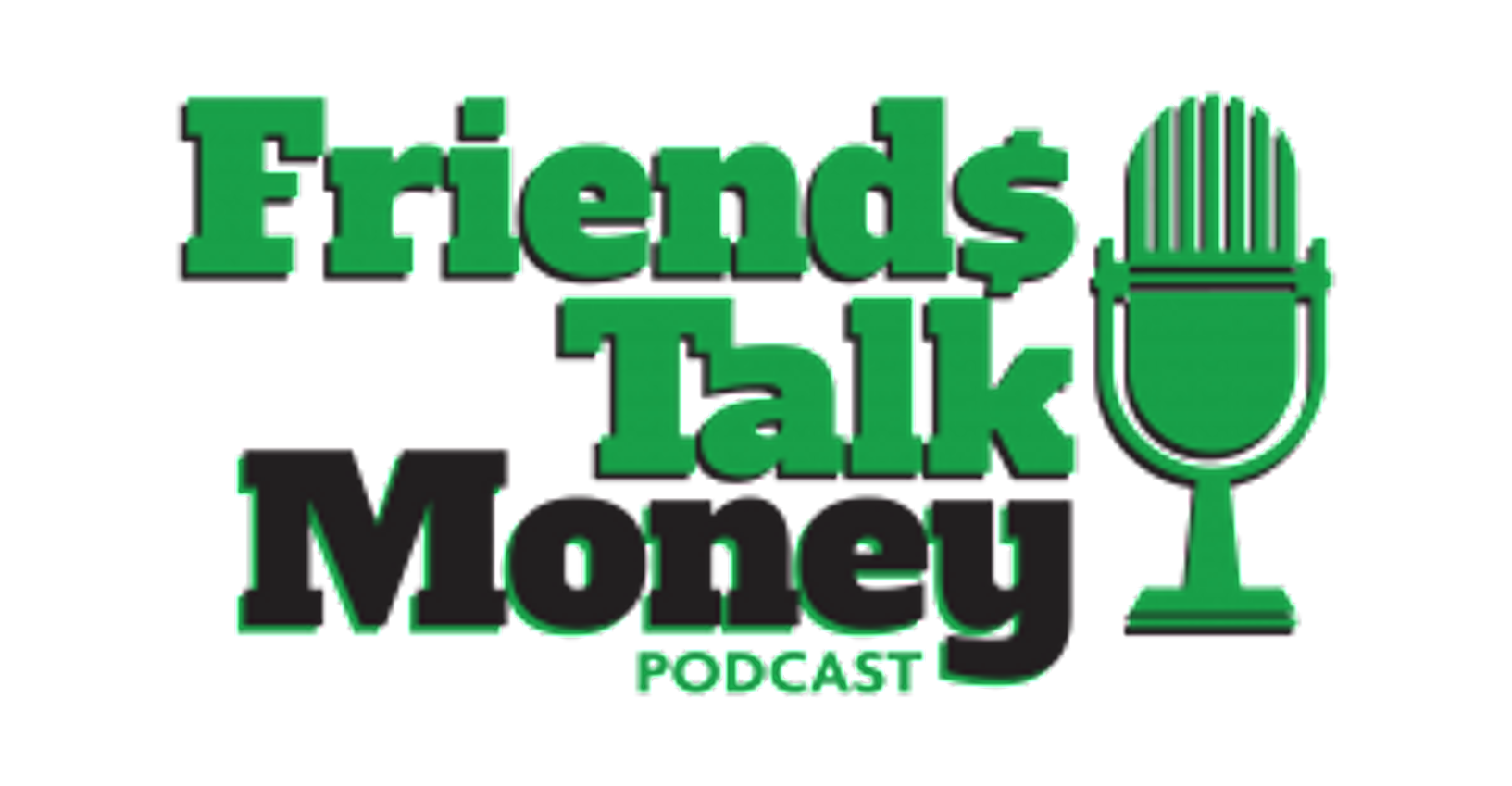The Best Ways to Manage Your 401(k) Wisely
The 'Friends Talk Money' podcast hosts and guests offer retirement plan tips

The employer-sponsored 401(k) plan can be an excellent way to save for retirement when you’re working (if you’re offered one) and supplement your Social Security benefits when you’re retired. But investing in a 401(k) and managing it wisely can be agonizingly hard.

Just a few of the questions you might scratch your head over: Which 401(k) fund choices to select? How many? When is it smart to switch out of some 401(k) investments and move into others? Is it smart to make a 401(k) withdrawal or take out a loan against your plan while you’re working? When you’re about to retire, should you roll over your 401(k) into an IRA?
I have some answers, courtesy of the latest “Friends Talk Money” podcast I recorded with my co-hosts Terry Savage and Pam Krueger. We interviewed 401(k) experts Edward Gottfried, director of product at Betterment for Business, and Brandon Jansma, a Prudential Advisors financial planner in Irvine, Calif., and we offered a few of our own views, too. (You can listen to the podcast wherever you get podcasts or at the end of this article.)
Managing Your 401(k) When You’re Working
When I asked Gottfried for his best advice about managing a 401(k) while you’re working, his Number One tip was: Look into the fees of your 401(k) choices. The less money taken out of your account for investment fees, the more you’ll end up having in retirement.
The person who chose the more expensive funds, Krueger said, “would have to put off their retirement by about four years just to make up for those fees.”
Krueger, co-host of MoneyTrack on public television and founder of Wealthramp.com, which vets financial advisers, cited this example from the Center for American Progress, which drives home Gottfried’s point:

If you invested your 401(k) for 40 years in a diversified stock market index fund (which matches the market’s returns), with low fees — known as expense ratios — of about 1/4 of 1% a year, you’d wind up with about $100,000 more at retirement than someone who bought more expensive mutual funds with an expense ratio averaging about 1.3%.
The person who chose the more expensive funds, Krueger said, “would have to put off their retirement by about four years just to make up for those fees.”
The fees, or expense ratios, of index funds are generally lower than those of funds with a person hired to manage the investments, and buy and sell them, for the 401(k) participants.
Advice on Keeping 401(k) Fees Low
Gottfried noted that there tends to be a few different ways 401(k) fees can come out of the money you put in. “The one that you have the most direct control over is the fee associated with the individual investment vehicles,” he said.
But the other fees to keep an eye on are paid either by you or your employer to the 401(k) provider. “Sometimes, those are flat-dollar fees that are charged to you on a monthly basis. Sometimes, it’s annual fees. Sometimes it’s an assets-under-management fee,” Gottfried said.
If those fees add up to more than a half a percent of your balance or exceed $7 or $8 a month with a flat dollar fee, Gottfried advised, talk to your employer about this. “Your employer is obligated to make sure that those fees are reasonable,” he said.
Savage, a nationally syndicated personal finance columnist and author of “The Savage Truth on Money,” noted that 401(k) fees are often higher for employees of small businesses. According to The 401(k) Book of Averages, she said, a company with 2,000 employees has a 0.7% expense ratio, on average, but a small business plan with 50 employees has an average expense ratio of 1.14%.
A Few Words About 401(k) Investment Risk
When it comes to investment risk and your 401(k), Gottfried said, the further you are from retirement, the more risks you can afford to take. In other words, the younger you are, the higher the percentage of your 401(k) you might hold in stocks and the lower the percentage in bonds. As you age, you can reduce your stocks’ percentage and increase your bond holdings.

We also talked about the two most common ways to invest a 401(k) fund: a target-date fund and a risk-based fund.
With a target-date fund, you pick the year you expect to retire, and the fund invests in stocks and bonds accordingly, usually increasing the tilt towards bonds as you get closer to retirement. It’s sometimes called a “set it and forget it” way of investing because the fund manager reallocates your holdings for you automatically.
Gottfried called target-date funds “sort of the preferred way to invest in a 401(k).” Many employers use them as the default investment choice for employees, unless the workers choose alternatives.
With a risk-based fund, Jansma said, you fill out a questionnaire on the plan sponsor’s site and get a score describing your risk tolerance as “moderate” or “aggressive.”
Then, said Jansma, “you select the fund that best matches” your risk tolerance. “Your risk remains level through the time horizon that you’re investing. It’s always going to be moderate or it’s always going to be aggressive,” he said.
Target-Date Funds: Pros and Cons
I mentioned on the podcast that I’m a fan of target-date funds. But Krueger and Savage weren’t as keen on them.
“Now, here’s the problem with ‘set it and forget it,’” said Krueger. “Those management fees in target-date funds tend to be higher than in index funds.” So, she said, you need to decide it those extra fees are worth it to you.
Savage’s concern: no two target-date funds with the same target year are invested the same way. So yours might be much more heavily in stocks or much lighter in stocks at a given time than a target-date fund from another fund manager.
“So, what you’re depending on is someone else to say what’s the right proportion of equities,” said Savage. Her advice: “You need to look inside that target-date fund. Don’t rely on it blindly.”
Early Withdrawals, Loans and Rollovers
And what about taking money out of your 401(k) before you retire because you need the money, as some have had to do during the pandemic? The new CARES Act reduced some penalties for early withdrawals from 401(k)s with a limit of $100,000 for the amount you can take out penalty-free.
According to a Commonwealth Fund survey, 16% of low-to-moderate-income 401(k) plan participants who haven’t saved for emergencies have taken, or are planning to take, a 401(k) loan or withdrawal.
Gottfried’s advice: “Be very thoughtful” about whether you absolutely must dip into your retirement savings. If you feel you have no choice, he added, take out the minimum amount possible, in small increments.
Savage reminded listeners that making an early withdrawal means you’re giving up on the future tax-deferred growth of the money had you left it in the 401(k).
When you are ready to retire and need to decide whether to keep your 401(k) money where it is, in your plan, or roll it over into an IRA, compare the fees you’d pay for the IRA vs. what you pay currently.
Also, Savage said, look at the investment choices you’d have with an IRA rollover. Often, she noted, there will be more to choose from than with your 401(k). Some of them “may be more appropriate for your investment allocation in retirement,” she added.


